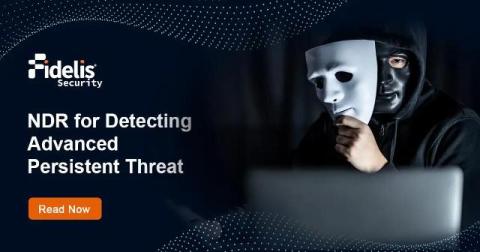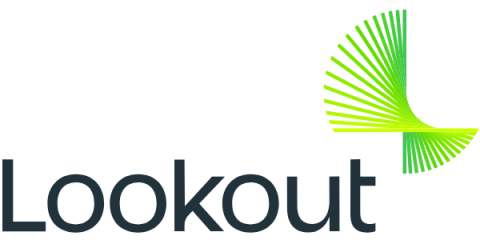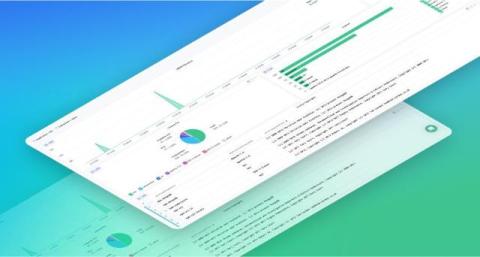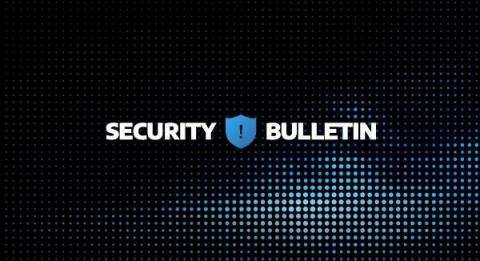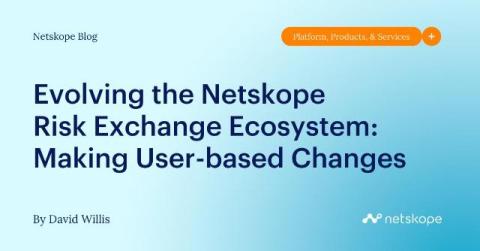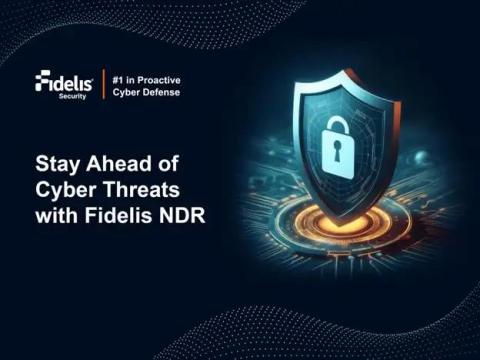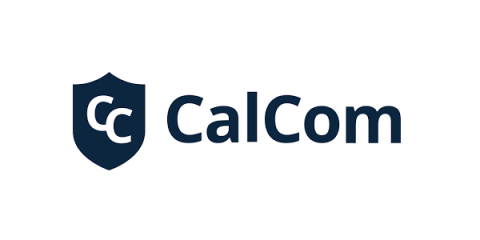Simplifying Cybersecurity: Advanced Persistent Threat Detection with NDR Solutions
Advanced Persistent Threats or APT are a growing concern in the business world. Hackers are constantly improving their tactics and adopting new vulnerabilities. Organizations are scrambling with the increasing sophistication of attacks and are ready to invest in cybersecurity solutions in the hopes of early Advanced Persistent Threat detection and mitigation. However, before choosing a solution, it is important to understand the meaning and nature of APT.


